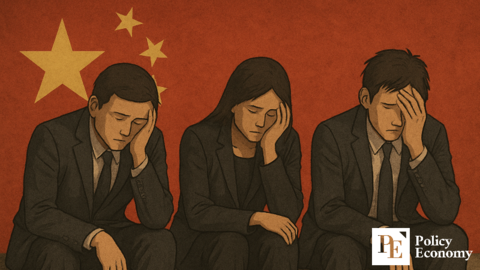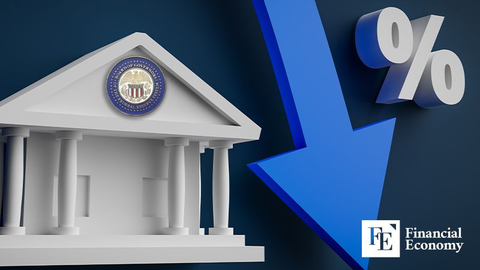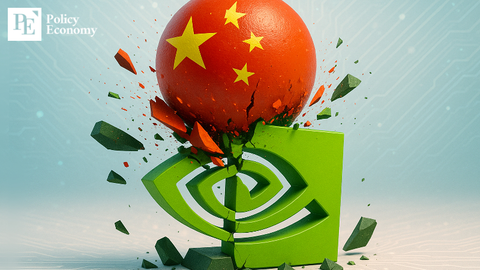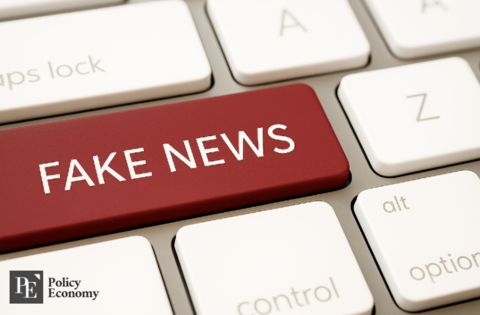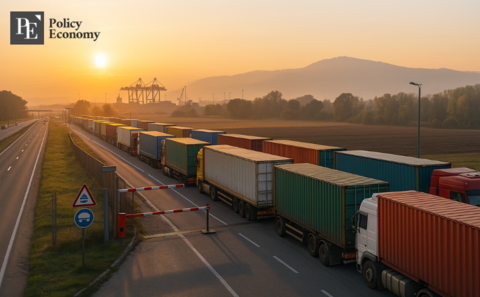A Price Too High: How Trump’s Tariff Policy Is Reshaping Global Trade and Inflation
Input
Modified
The walls go up, the costs rise high, While buyers ask the reason why. The goods remain, but fewer people choose them. When tariffs leave them bound to lose.
As President Trump ramps up his latest round of tariffs, concerns over their far-reaching consequences are intensifying. Countries that have yet to strike trade agreements with the United States, such as Canada, Mexico, and Brazil, are bracing for the fallout. With tariff rates projected to add between 20 and 30 percent to the prices of many imported goods, American consumers may face a sharp uptick in prices over the next few months.
While the administration touts the move as a long-overdue effort to recalibrate trade imbalances, many economists warn that the costs will not be borne solely by foreign governments or exporters. Instead, American households are already seeing the early signs of inflation, and by August and September, those effects are expected to escalate significantly.
The economic logic behind tariffs is straightforward. Raise the cost of imported goods to encourage domestic production and reduce trade deficits. But in practice, the ripple effects stretch far beyond the policy’s stated aims. With global supply chains deeply intertwined and consumer expectations shaped by decades of stable pricing, a sudden disruption comes with real economic pain.
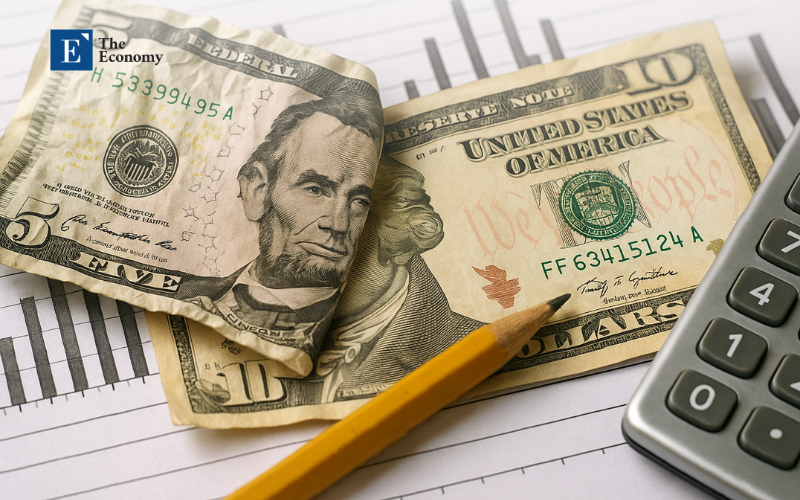
Early Signs of Inflation Are Already Here
According to recent data, inflation in the United States has begun to warm up again, driven in large part by price hikes on goods affected by the new tariffs. Key sectors, including consumer electronics, processed food, and construction materials, have reported noticeable increases in costs.
In June, economists noted that inflation figures ticked higher than forecast. While many factors can affect such movements, there is little doubt that tariffs played a pivotal role. Importers facing higher costs have started to pass those burdens along the supply chain, and retailers are left with few choices but to raise shelf prices.
Although the official implementation of some tariffs will not be fully realized until late summer, consumer behavior is already shifting. In anticipation of even higher prices, bulk purchases and early buying are on the rise. At the same time, some consumers are turning to alternative products or delaying purchases altogether.
The August and September inflation data are likely to show even sharper increases, particularly if tariff disputes remain unresolved. Retailers have warned that back-to-school shopping and holiday season inventory may be more expensive than in previous years. Even for goods manufactured domestically, the interconnected nature of production means that component costs, often sourced globally, are driving up final prices.
The broader concern is that inflation driven by trade barriers is not easily reversed. Once prices increase, suppliers may be reluctant to reduce them, even if tariffs are later rolled back. That creates a persistent effect on consumer budgets, reducing purchasing power and dampening economic growth.
Economic Gains Versus Consumer Costs
Proponents of the tariff strategy argue that it will ultimately benefit the U.S. economy. The administration projects billions of dollars in new revenue from tariff collections, funds that can be used to offset deficits or reinvest in domestic industries. From a fiscal perspective, the government sees tariffs as a win-win: more money flowing into federal coffers while pushing companies to reshore manufacturing jobs.
However, the math is not so simple. While tariff revenue may increase, it comes at the expense of consumer welfare and economic efficiency. A higher price tag on everyday items, from clothing to canned goods, acts as a form of indirect taxation. Unlike traditional taxes, which can be progressive, tariff-induced price hikes affect all consumers, regardless of their income level.
Estimates suggest that households may end up paying hundreds of dollars more annually due to the new tariffs. For lower-income families, the burden is disproportionately heavy. Furthermore, businesses reliant on imported goods for production face reduced margins, potentially forcing layoffs or cutbacks in investment.
Analysts are also questioning whether the trade revenue gained is sufficient to justify the long-term inflationary consequences. Inflation, once set in motion, can alter wage expectations, loan rates, and overall economic confidence. In the most optimistic scenario, tariff earnings may temporarily boost federal income but weaken the broader consumer economy.
The real gamble lies in how other countries respond. Already, Canada and Brazil are exploring countermeasures or redirecting their trade partnerships elsewhere. In a global economy, the effect of tariffs is rarely contained. If retaliatory policies escalate, the world may find itself in a trade environment where growth is suppressed on multiple fronts.
For President Trump, the political calculus is also critical. While some industries and voters may appreciate the push for fairer trade deals, the broader electorate may soon feel the sting of higher living costs. The risk is that policy gains in one area are negated by voter dissatisfaction in another.
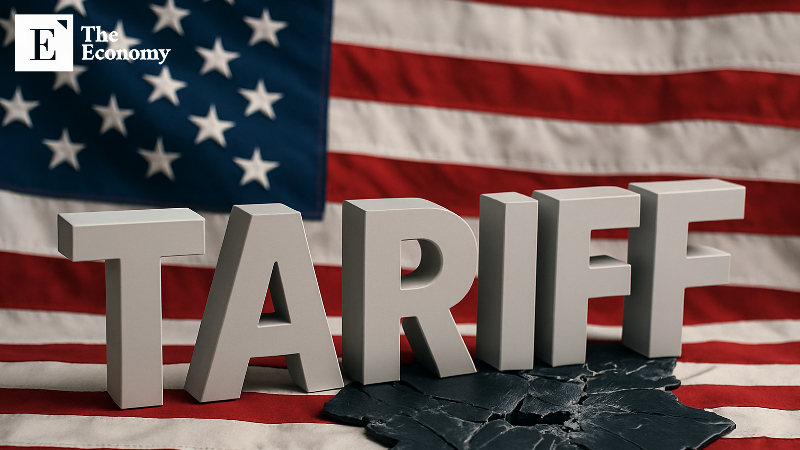
Uncertainty for Emerging Markets and Trade Partners
For countries that have not secured bilateral agreements with the U.S., the impact is potentially devastating. Mexico and Brazil, both major exporters of agricultural and industrial goods to American markets, now face significant disadvantages. Products that once filled U.S. store shelves at competitive prices are quickly losing ground to alternatives from countries with better trade terms.
Canada, once shielded by long-standing economic ties, now finds itself in a similar predicament. With no updated deal finalized, its exports are subject to the same tariff regime. This includes lumber, automotive parts, and consumer packaged goods, all of which play significant roles in both Canadian and U.S. economies.
These nations now face a dilemma. Do they concede to U.S. terms to protect market access, or do they pivot toward other global players and risk severing ties with their largest trade partner? Some have already begun strengthening economic links with the European Union and China, creating new spheres of trade influence outside of the U.S. orbit.
Meanwhile, emerging markets are caught in the middle. Countries like Vietnam and Thailand, which had been filling the supply gap left by Chinese goods during the earlier trade war, now face uncertainty. Without formal agreements, their exports may be next in line for penalties.
From a macroeconomic perspective, the reconfiguration of trade relationships could slow the global recovery. After the COVID-19 pandemic and several geopolitical shocks, many economies were just beginning to stabilize. The return of protectionist policies threatens to unwind those gains.
Despite these concerns, the U.S. administration has shown little sign of backing down. Trade officials maintain that tough negotiations are necessary to correct decades of imbalance. But the price of that correction will not be paid by foreign governments alone; it will be felt in every grocery aisle, every car lot, and every home repair project across America.
As the summer continues and tariffs take full effect, the real test will come in how consumers react. If inflation continues to rise, pressure may mount for a reassessment of the policy. However, for now, the policy remains in place, reshaping the global trade landscape and altering the economic calculations for millions.

